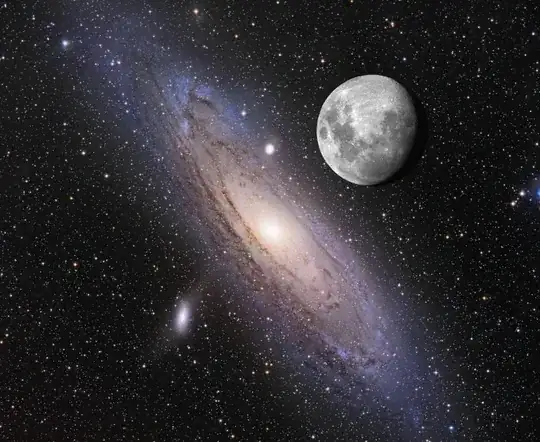I have read these questions:
At what distance could you see andromeda with the naked eye?
Do all the individual stars that we can see in the night sky belong to Milky Way?
I look at the night sky and I can only see stars, no galaxies. And from these questions I learned that even those stars are from the Milky way.
Now, these questions do not talk about the actual QM reasons why some distant stars are visible or not. It must be about intensity of photons. The more intensity a light source has, the more chance of a single photon to reach Earth and our eyes.
Now the human eye can detect even single photons.
A galaxy is made up of billions of stars, so there are billions of light sources, all of them emitting billions of times more photons then a single star.
How is it then possible that we can see single stars, but not galaxies with the naked eye?
A galaxy has billions of light sources, emitting billions of times more photons, and even if one single photon reaches our eyes, we would see it.
From a single star, the chances are billions of times smaller, simply because of intensity.
Question:
How is it possible that a single star as light source is visible, but a whole galaxy with billions of light sources is not visible with the naked eye?
It is unbelievable that the moon is smaller then the Andromeda galaxy, still Andromeda is not visible at all. Andromeda has billions of stars, each emitting photons, so the intensity must be much higher then of the moon. Why can't I see it then? Our eyes would catch even a single photon from Andromeda.
What happens to all those photons from Andromeda? Do they all get blue-shifted to infinity?
